Bismarkia nobilis
Bismark Palm, Bismarck Palm
The Bismark Palm is one of the most imposing and majestic of all palm trees. It has enormous presence – the huge, bright glaucous silver palmate leaves, held stiffly in the crown, just demand attention. Because of their high light requirements, Bismarkia nobilis palms are better suited to growing in a conservatory, where they are reasonably tolerant of a dry atmosphere as long as air movement is good. Or better still accommodated under the high roof of an atrium, where they can be left to mature for many years.
Want to be notified when this product is back in stock?
Plant Biography
The Bismarck Palm (Bismarckia nobilis) is a botanical wonder with a relatively recent history in the world of plants. Indigenous to Madagascar, it was discovered and introduced to cultivation in the late 19th century. Named after the German Chancellor Otto von Bismarck, this striking palm species gained popularity for its unique silver-blue foliage and majestic stature. Since then, it has become a prized ornamental plant, admired for its tropical beauty and resilience, both in gardens and as an iconic indoor houseplant.
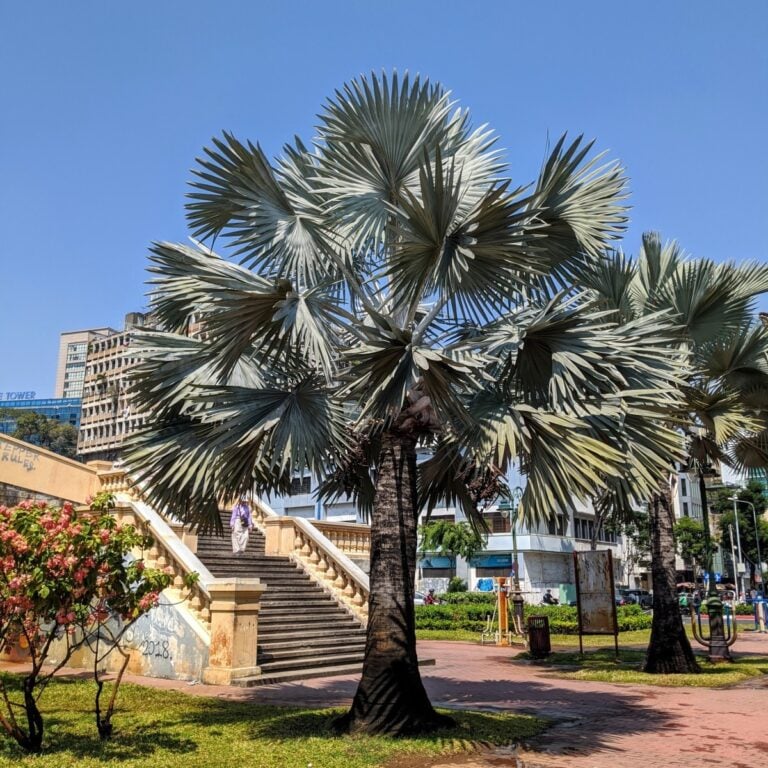
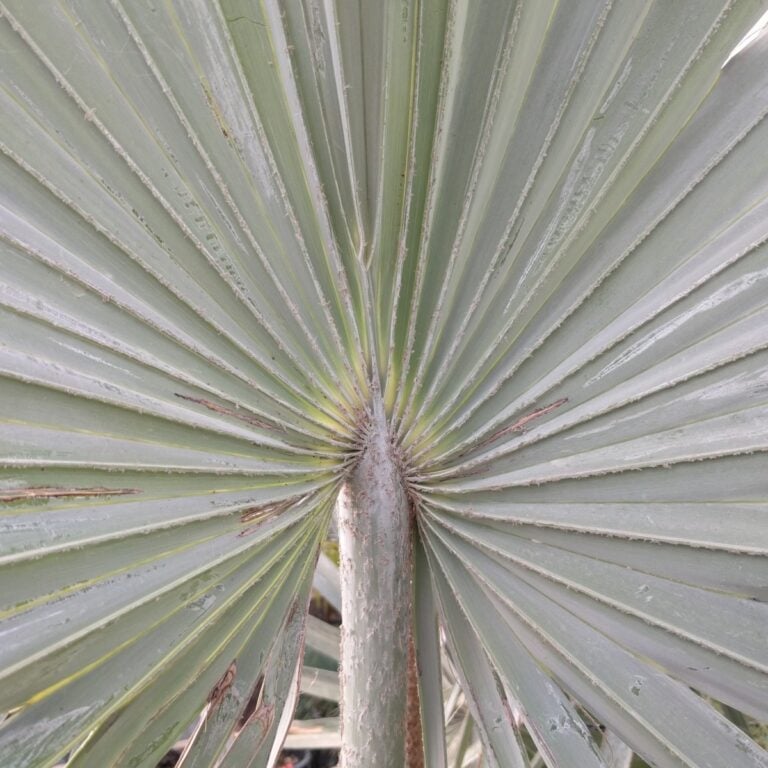
Care & Size Guidance
Select a well-draining potting mix with good organic content for your Bismarck Palm. Place it in a location with as much direct sunlight as possible, as these palms thrive in such conditions. Allow the top inch or so of soil to dry out before watering, ensuring not to overwater to prevent root rot.
Fertilise the palm during the growing season (spring through early autumn) using a balanced, slow-release indoor plant fertiliser. Pruning requirements are minimal; simply trim away any dead or damaged fronds as needed.
Bismarck Palms are generally resistant to pests and diseases indoors, requiring minimal intervention. Ensure your indoor space remains at a comfortable temperature for the palm, as it can be sensitive to cold drafts. With proper care, your indoor Bismarck Palm will flourish, adding a touch of the tropics to your living space.
Although this palm does have some cold hardiness, we don’t recommend it as a permanent outdoor plant as it can only take very brief dips down to around freezing. It does however make a great potted plant to keep on the patio from May-September, but be sure to bring it indoors over winter.
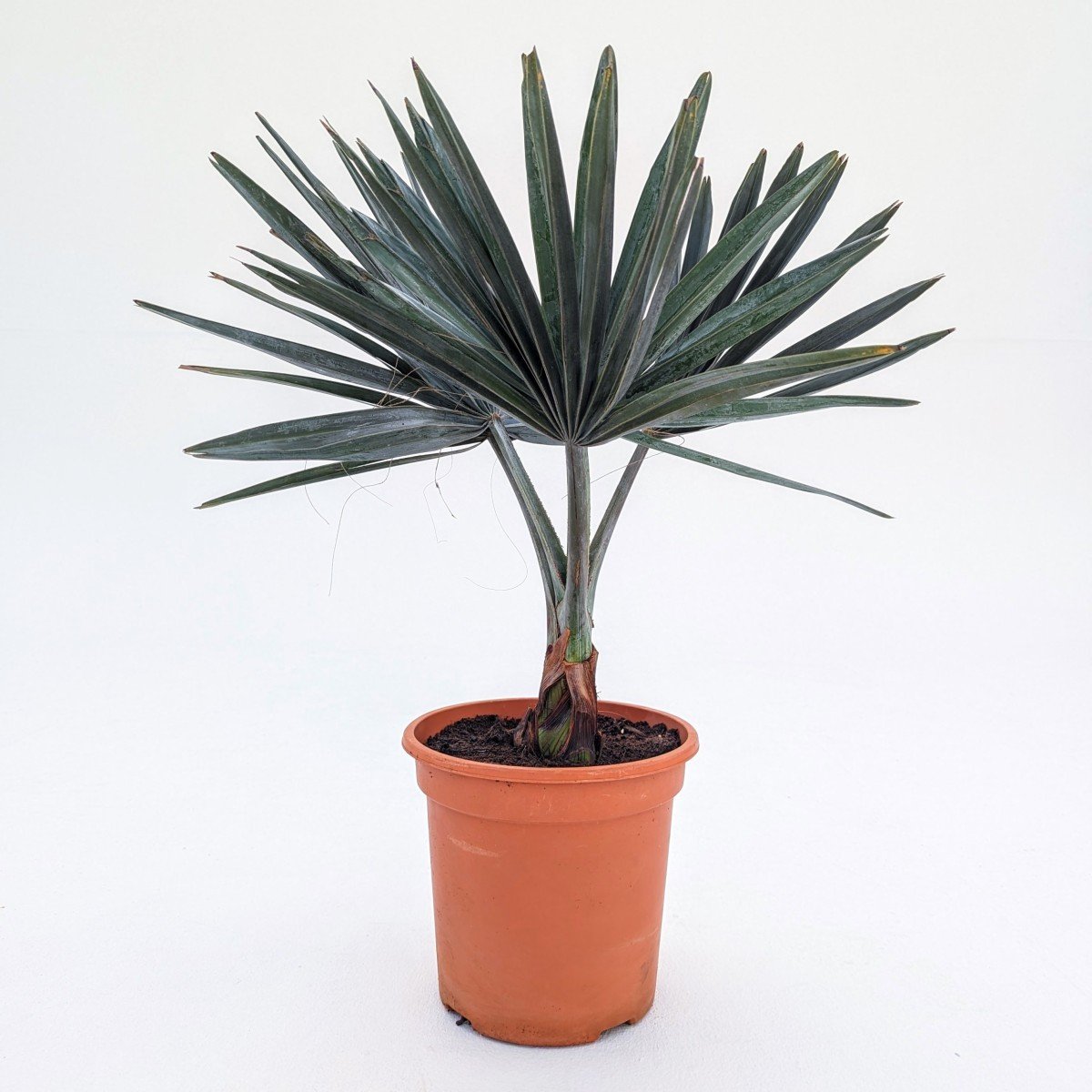
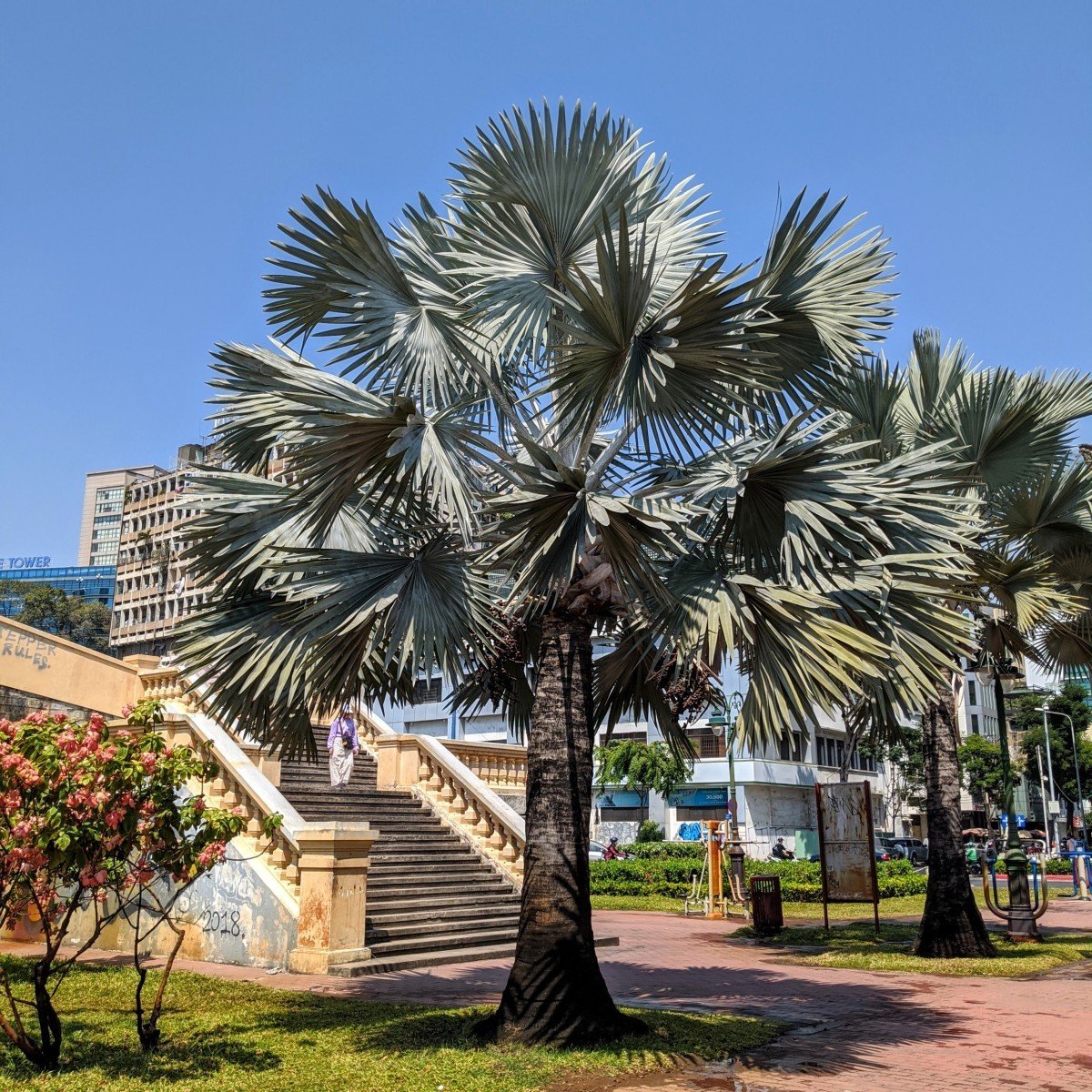
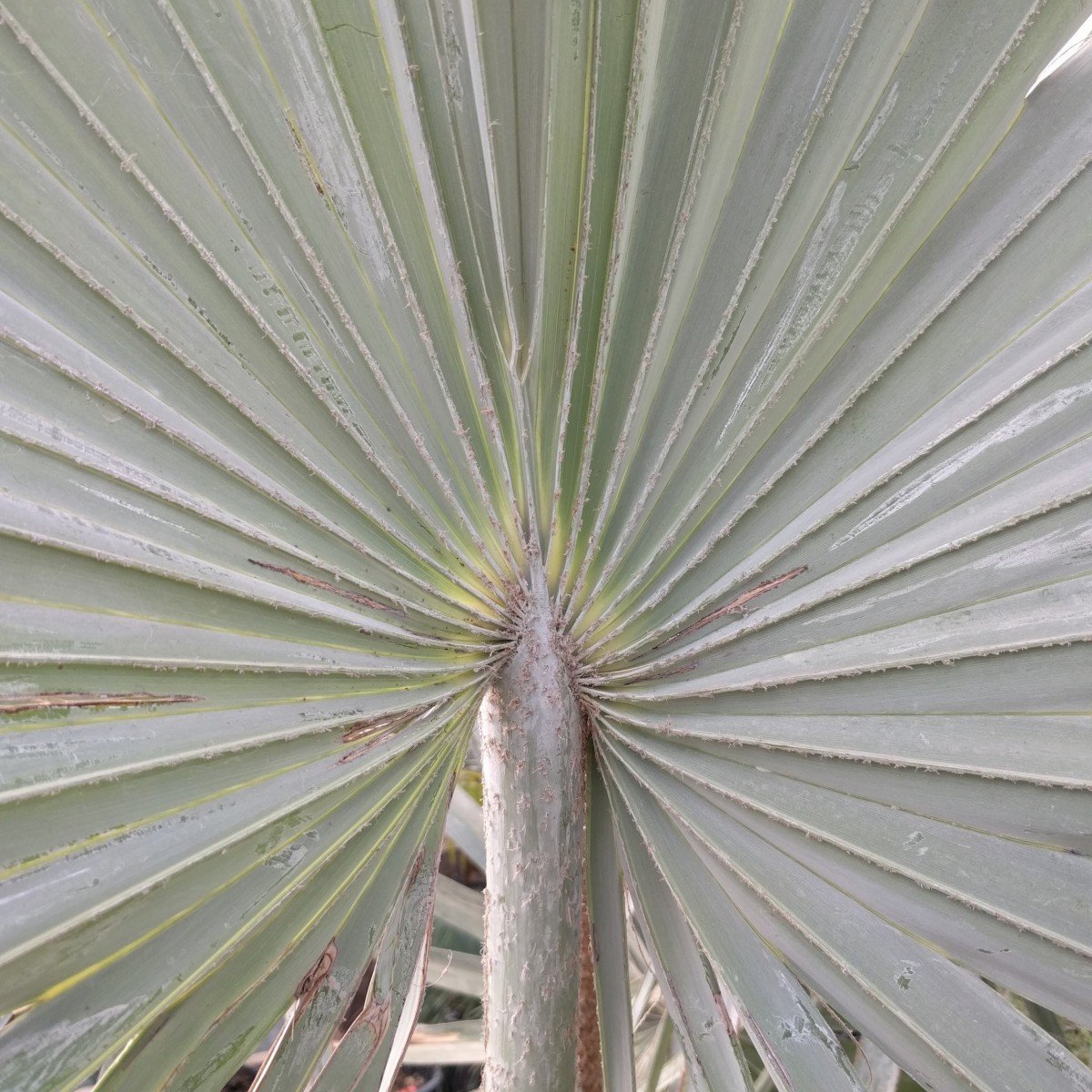
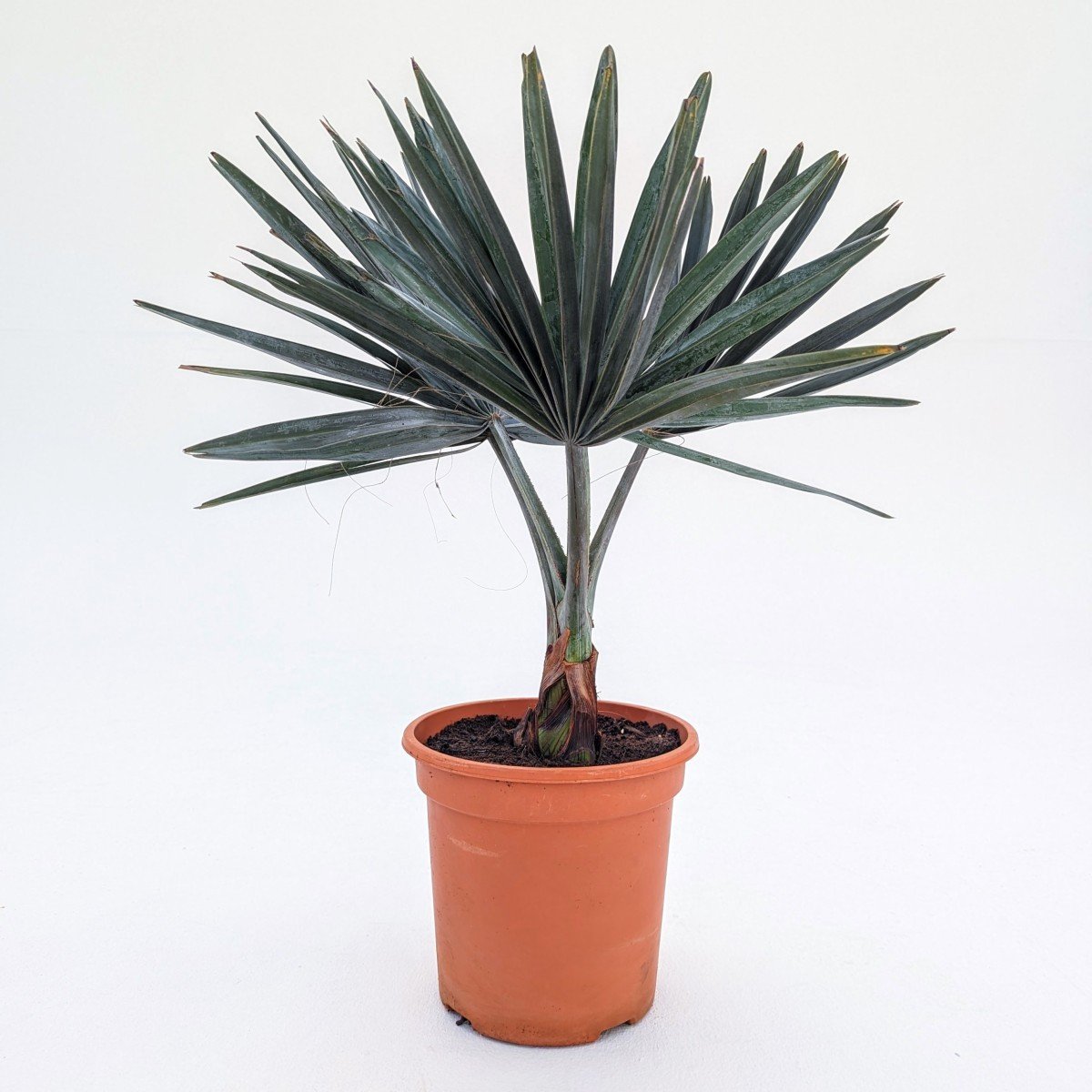
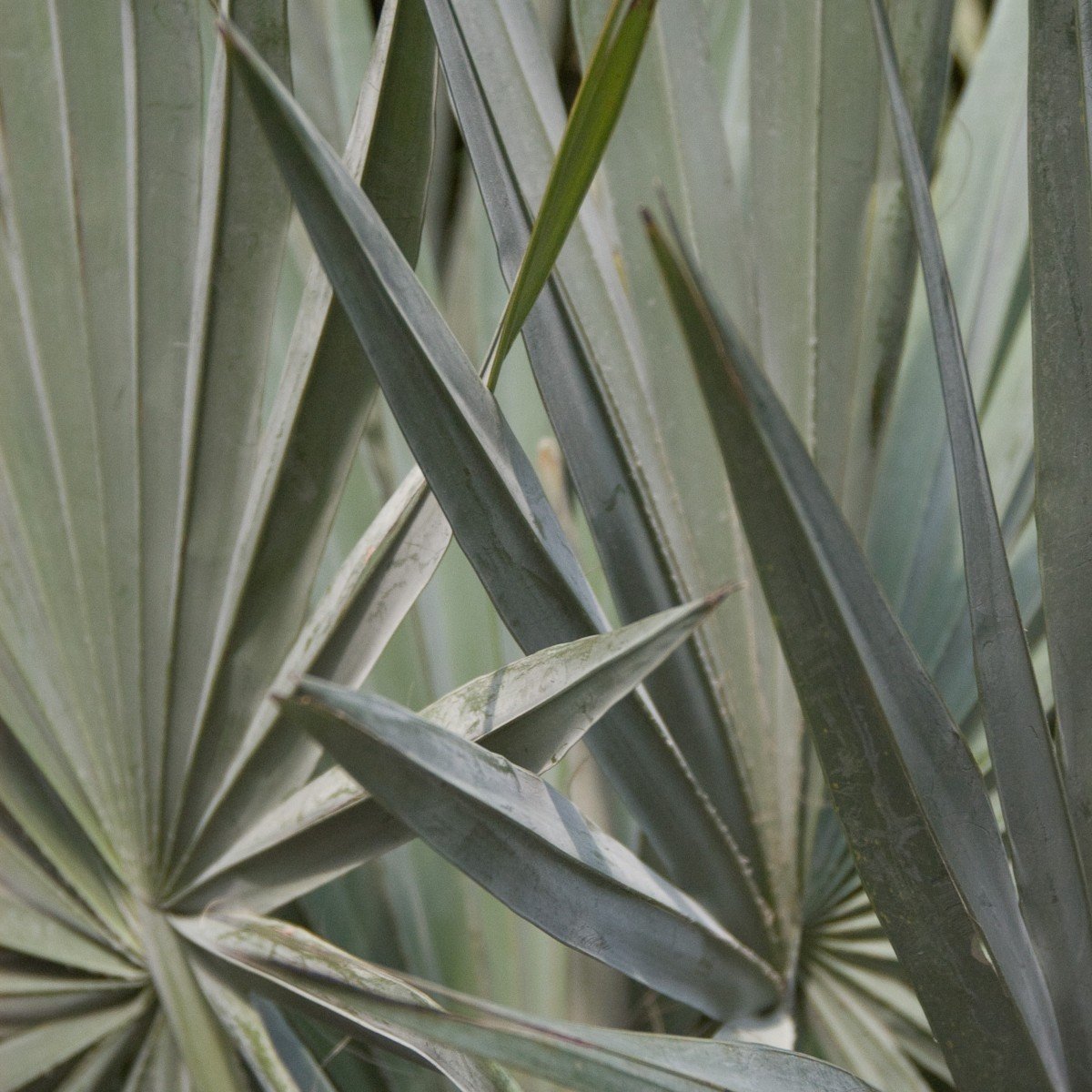
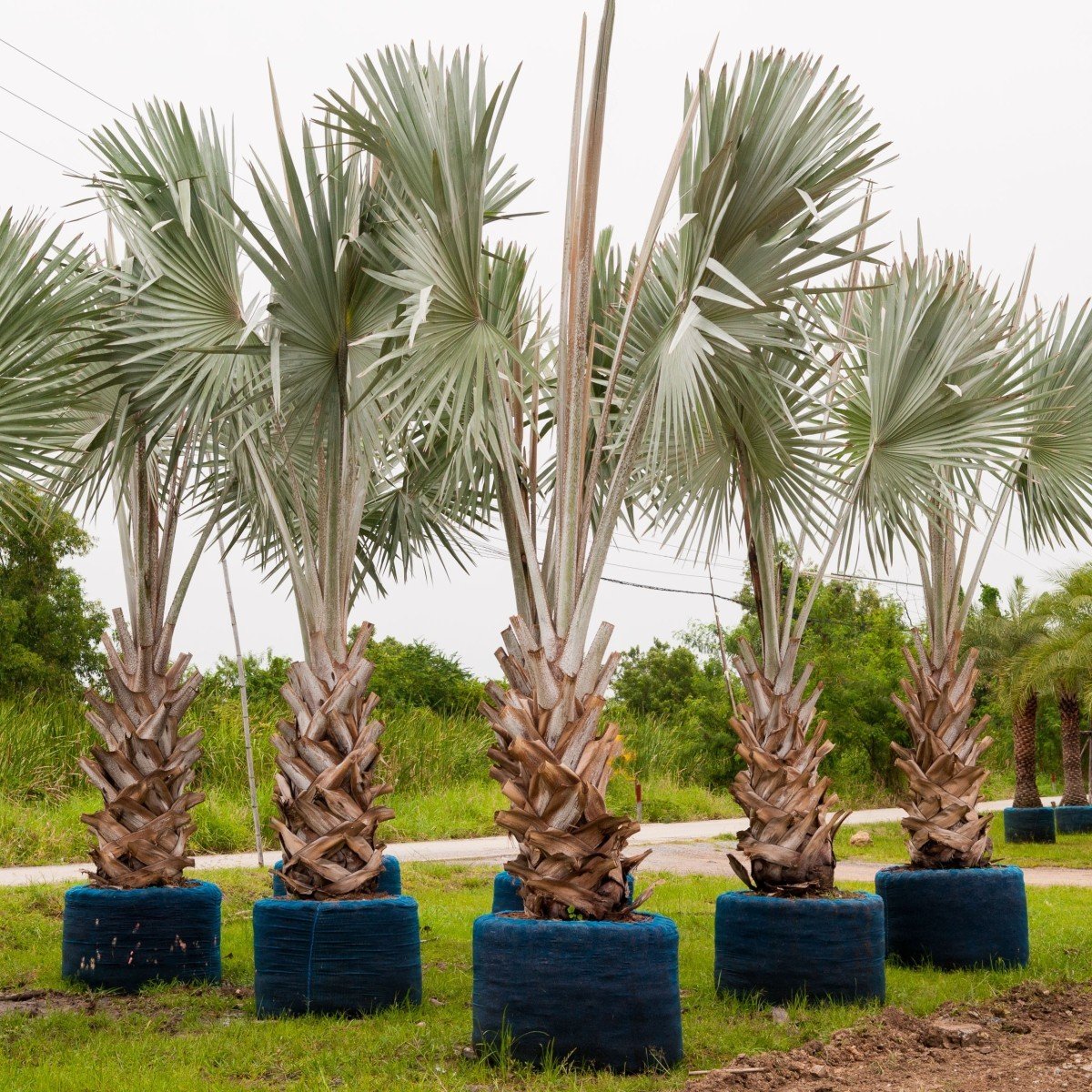
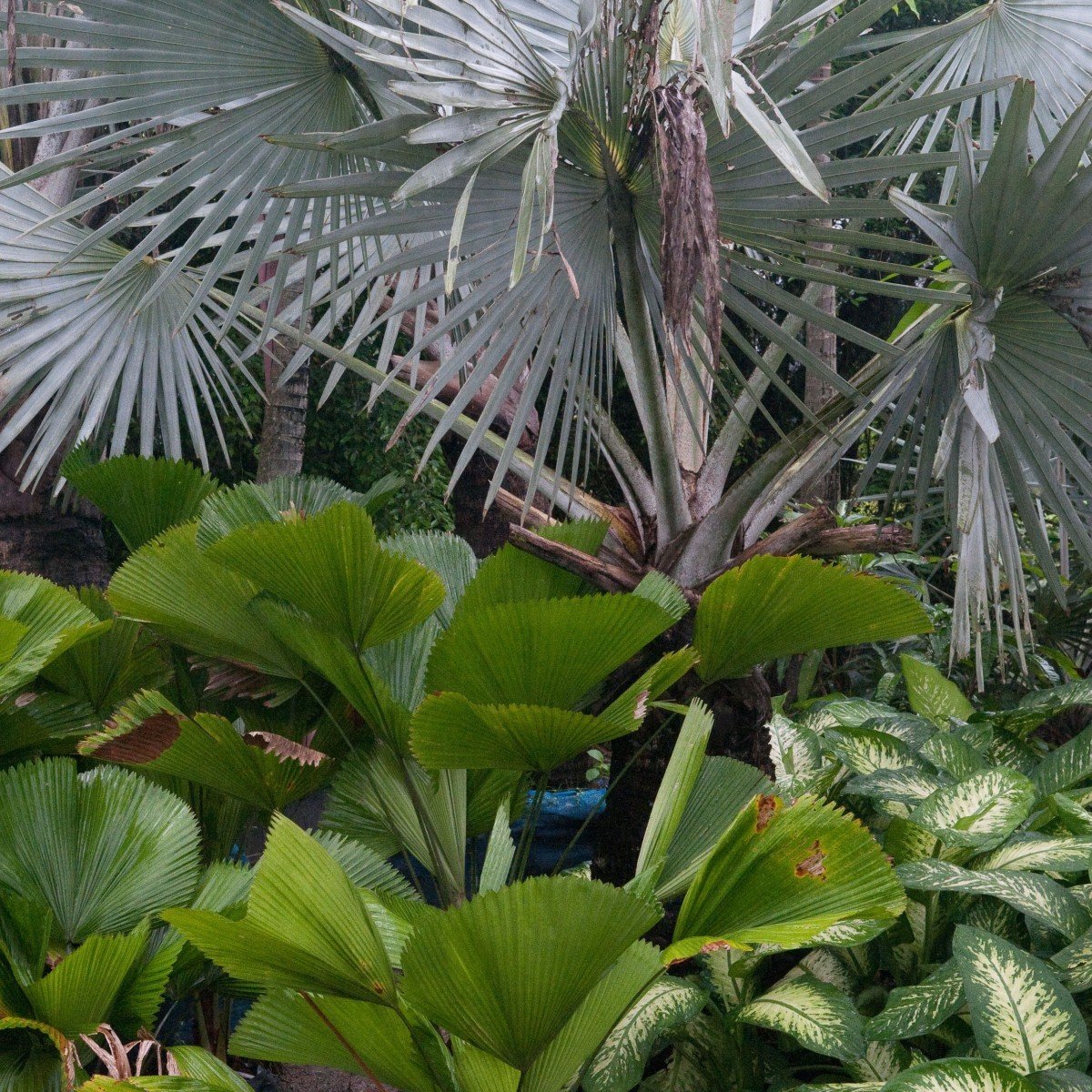
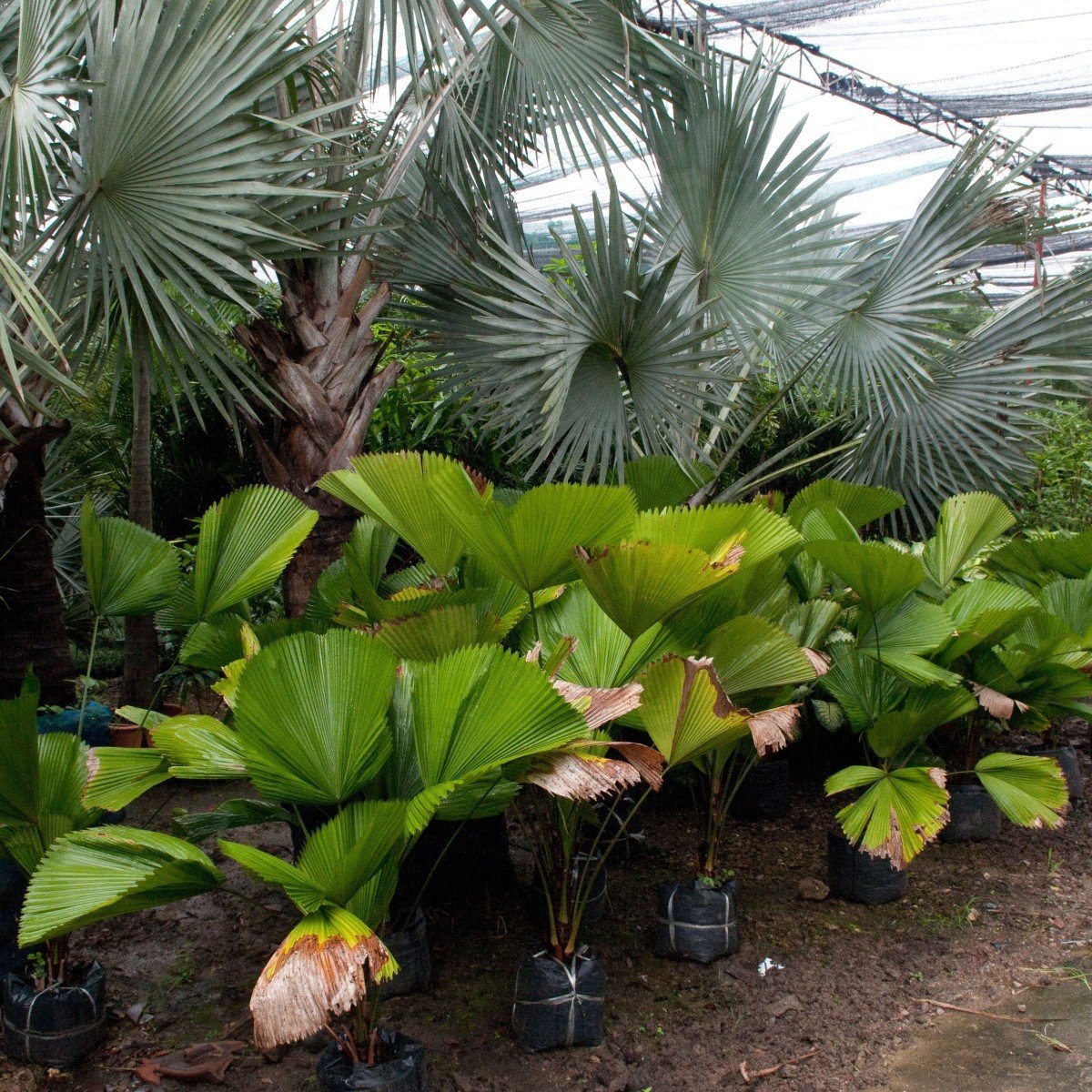
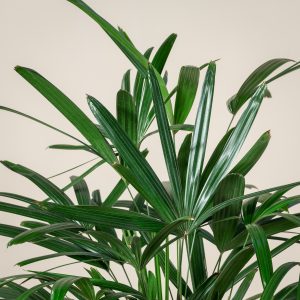

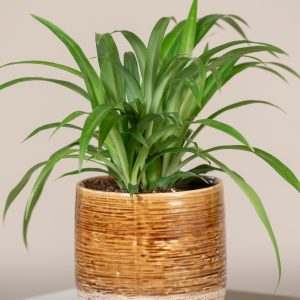

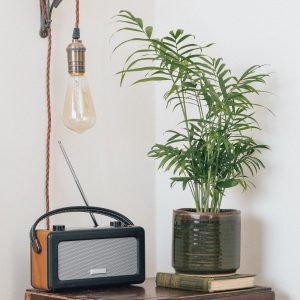
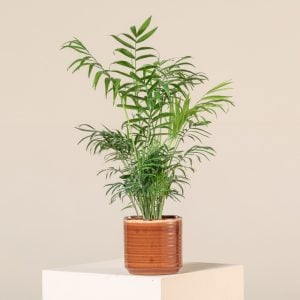


Superb specimen of 2m tall Bismarkia nobilis received today.Expertly packed also.
Alan Hunter –
Beautiful, healthy plant, carefully packaged for delivery.
Steve Buckley –
So pleased. Palms arrived expertly packaged quickly and in perfect condition. The palms themselves are beautifully healthy and robust. Im just so looking forward to watching them thrive over the next few decades. Cant thank you or recommend this company enough!
Steve –
Excellent item for the price,fast delivery,very pleased.
MICHAEL TUNSTALL –